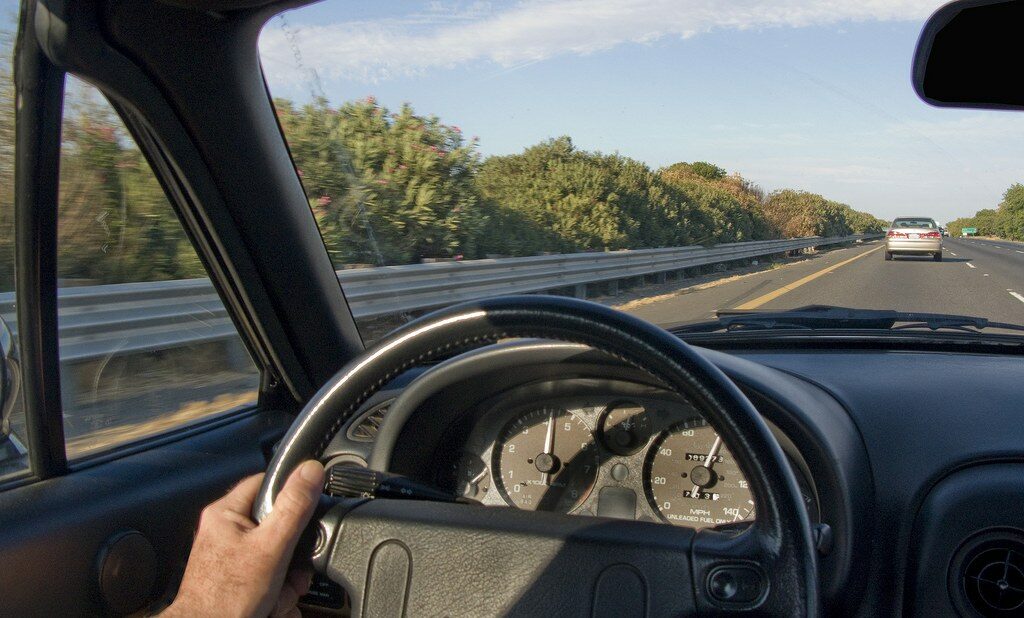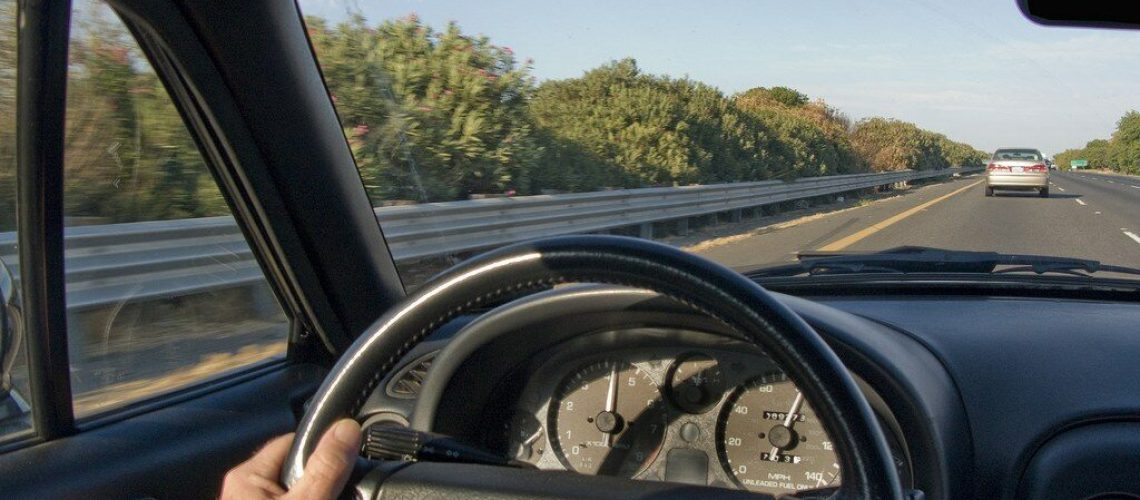
Let’s say you were in a car accident where another driver hit your vehicle. You got all of their information at the accident scene — insurance, registration, driver’s licence number. So far so good.
A few months go by. You’ve been getting treatment for your injuries. You’ve been communicating with the other driver’s insurer about your progress (or your lawyer has, if you’ve retained a personal injury lawyer). The insurer has made some settlement offers, but you haven’t accepted anything yet.
Two years after the accident you still haven’t fully recovered and negotiations still haven’t led to a settlement. As a result, you or your lawyer launches a lawsuit by filing a Statement of Claim with the court. (Two years from the date of accident is the deadline to launch a lawsuit.)
Once a lawsuit is filed in Alberta (and in most other jurisdictions), the plaintiff has one year to serve the defendants with the Statement of Claim. ‘Serving’ a Statement of Claim simply means providing the defendant with a copy, typically by having a process server hand-deliver the document to the defendant at their home address.
If you don’t know the defendant’s home address (perhaps it has changed since the date of the accident), you might be able to get it from their insurer. However, the person might no longer be with the insurer.
You or your lawyer might be able to find the home address of the at-fault driver or vehicle owner by requesting a pre-court or demographics search from the provincial vehicle registry.
If this information is not current you can have the process server search for the defendant. They will use government records, social media and other means to locate the person’s home or work address.
If none of these efforts is successful the process server will provide you with an Affidavit of Attempted Service. This will be included in an application you or your lawyer will present to a Justice in order to obtain an Order for Substitutional Service.
An Order for Substitutional Service will allow you to serve the defendant by some other means, such as by publishing a notice in the newspaper, by mailing the Statement of Claim to a last known address, or by mailing it to the address of a close relative.
Note that in the case of a hit and run, or when the other driver is uninsured, you can still seek compensation. In Alberta, you would sue the Administrator of the Motor Vehicle Accident Claims Act as the nominal defendant. Funds for such situations are provided by the Motor Vehicle Accident Claims (MVAC) Program. There is more information about how this works in our blog post about hit and run accidents.
Likewise, if after doing all of the above you still cannot locate the other driver, you may seek compensation through the MVAC Fund — once you have had the defendant ‘noted in default’ by the court.
The Fund will require proof of your efforts to locate the other driver. Typically, this involves sending them copies of the pleadings filed thus far (i.e. Statement of Claim, Affidavit of Attempted Service, Order for Substitutional Service, Affidavit of Service, Noting in Default).
It’s a long process, but there is light at the end of the tunnel. If you have a legitimate claim, there is a way to receive compensation, even if your best efforts don’t enable you to locate the at-fault driver.
